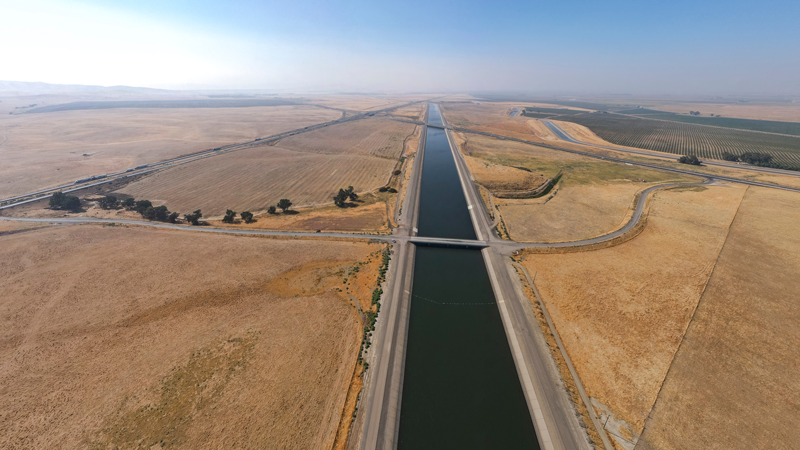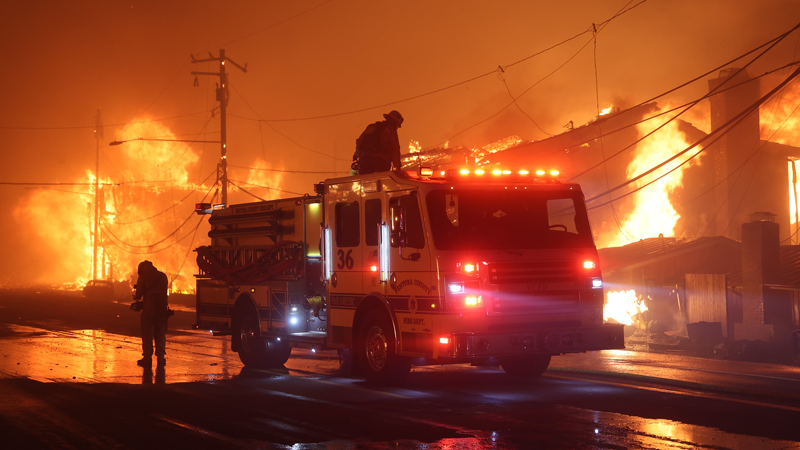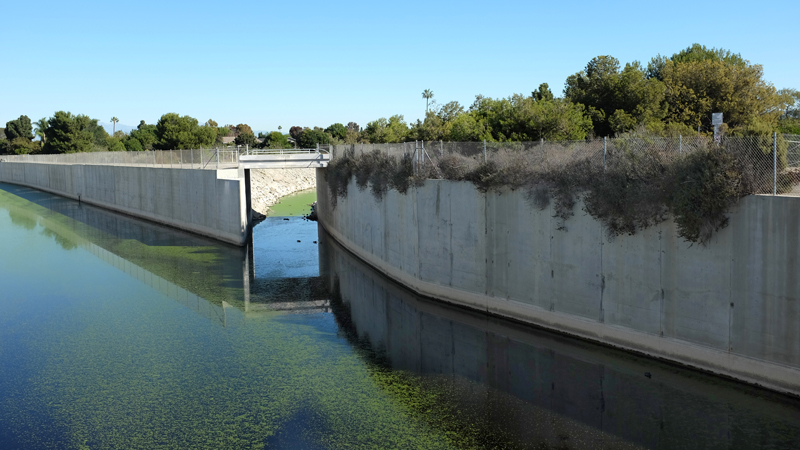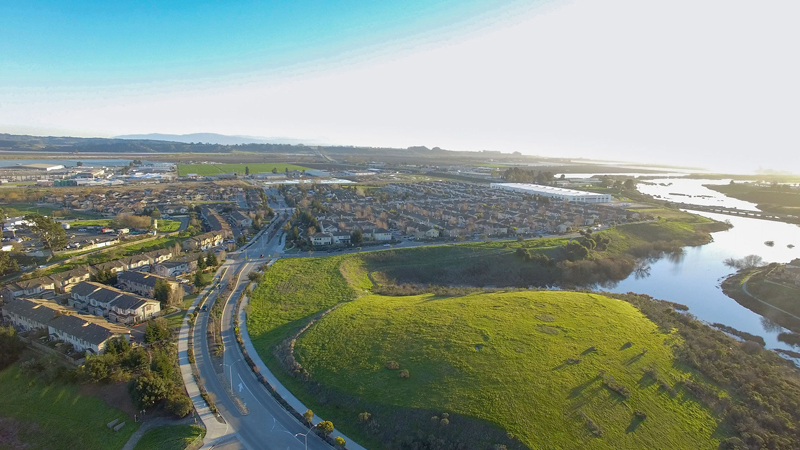Blogpost
2.5 minute read
May 03, 2017
Given the potential for soil instability from this past winter’s rains and the recent tragedy on a construction site in El Cajon involving a construction worker who was killed by a collapsed wall, I thought it appropriate to review some best practices for soils, trenching and shoring safety on the construction site. Even experienced construction crews benefit from periodic reminders of how to protect life, property and mitigate these types of risks around trenches.
Soils and Signs of Instability
The fact is, soil is heavy, and even after a moderate amount of rain, it is critical for the site’s designated competent person to recheck the site’s soil conditions for potential type changes and if it needs to be reclassified, say from Type B to Type C after heavy rains.
Even if the site doesn’t appear on the surface to have significant water accumulation or shifting, don’t be fooled. Collapses are often caused by water under the site shifting the conditions. In addition to checking the site’s other protective systems, soils must be part of the designated competent person’s inspections.
Bottom line is: If you see any of the tell-tale signs of soil instability in your excavations like boiling, heaving and squeezing, ground settlement, cracks or spalls in the trench’s wall, let your supervisor or the site’s designated competent person know immediately.
Using Protective Systems
After the soil has been typed, only then it’s possible to accurately determine the correct protective system to use based on the nature of the excavation. Remember, although a “trench” is a technically an “excavation”, it’s an excavation that is deeper than it is wide, and therefore considerably more dangerous to those working in them.
Like the situation in El Cajon, where the workers were in a shallow trench of only 30 inches, protective systems should be put in place to also protect against collapse from adjacent structures, utilities and so forth in the surrounding area. And a hazard analysis should be performed by a competent person before the start of work. For trenches deeper than 20 feet, you must have a registered Professional Engineer design the protective systems. At that depth, based on the soil and other considerations, they must decide which protective systems to use, whether it sloping and benching, trench boxes, shoring or a combination of methods.
Some of the measures used to maintain a safe excavation include: sloping, benching and shoring.
The appropriate method needs to be determine by the designated competent person or engineer before the work starts and the details should be contained in a written excavation permit or detailed work plan.
As site conditions change, such as after heavy rains, the means and methods may need to change as well to prevent cave-in or collapse. A post rain event inspection is always a good idea before work resumes
I would love to keep this conversation going and hear about your experiences and tips to keep our job sites safer. What scenarios have you encountered during this very wet year?
Authors
Eric Jackson, CCM, QCM, SMS, CHST
Markets
Water
Transportation
Education
Municipal
Services
Construction Management
Civil Design
Categories
Safety












